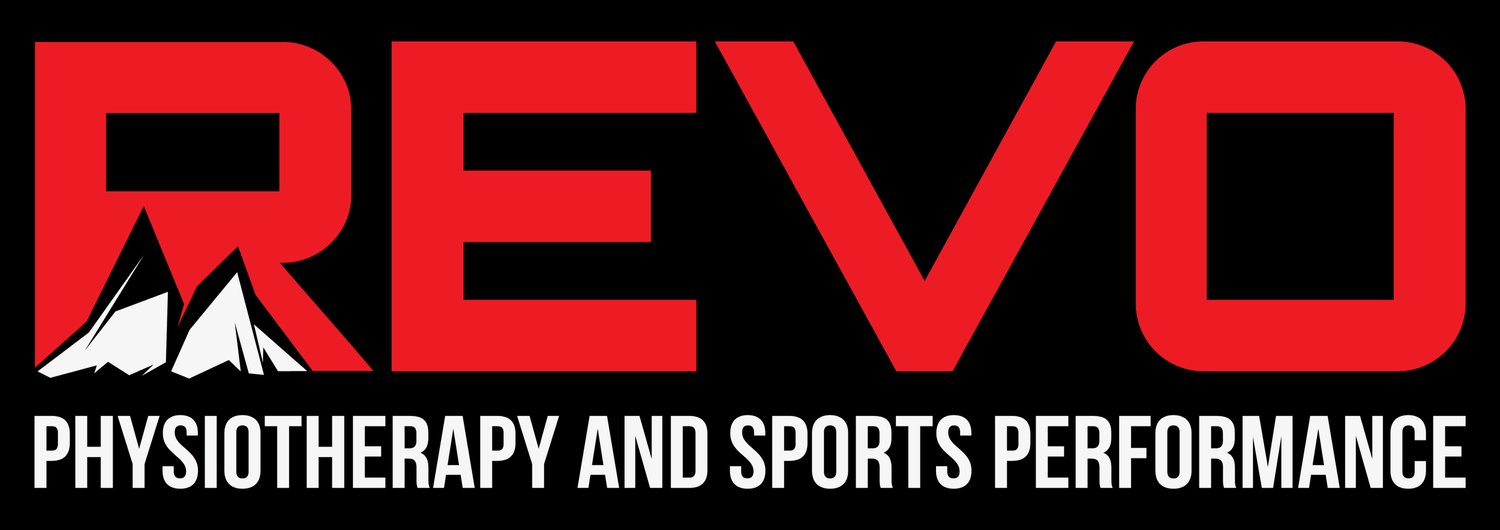The sneaky squat limiter that no one talks about
As a physical therapist, I’ve seen countless athletes and fitness enthusiasts struggle with squat depth and performance, often blaming tight adductors, weak glutes, or stiff ankles. While these factors can certainly play a role, one often-ignored component is hip internal rotation (IR). This subtle but essential movement plays a significant role in optimizing squat mechanics, enhancing performance, and reducing the risk of injury.
What is hip internal rotation?
Hip internal rotation refers to the inward rotation of the femur (thigh bone) within the hip socket. Imagine standing with your feet flat on the ground and rotating your knees slightly toward each other without moving your feet—that’s hip IR. It’s a small motion, but it’s vital for proper joint alignment and mobility during dynamic movements like squatting.
The right hip is demonstrating internal rotation here.
The Role of Hip Internal Rotation in Squatting
Achieving depth
During a squat, the hips must flex, abduct, and internally rotate to allow the pelvis to descend between the femurs. Without sufficient hip IR, the pelvis may prematurely tilt backward (posterior pelvic tilt), limiting depth and leading to compensations like lumbar flexion (butt wink), which can strain the lower back.
Maintaining alignment
Proper hip IR ensures that the femurs track correctly over the knees and ankles. If internal rotation is restricted, the knees may collapse inward (valgus collapse) or rotate outward excessively, disrupting joint alignment and placing undue stress on the knees and hips.
Optimizing force production
Squatting is not just about mobility—it’s also about power. Proper hip IR allows for better access and coordination of the glutes, adductors, and other hip stabilizers. This results in more efficient force transfer from the lower body to the barbell or any external load.
How to Improve Hip Internal Rotation for Squatting
Assess first
Before jumping into corrective exercises, it’s essential to assess your hip IR. A physical therapist or movement specialist can evaluate your range of motion and identify any underlying limitations.
Mobility & strength drills
Squat integration
Practicing goblet squats or bodyweight squats with a focus on hip mechanics can help reinforce proper movement patterns.
Hip internal rotation is a foundational element of efficient and safe squatting. By addressing limitations in hip IR, you can unlock greater squat depth, improve joint alignment, and enhance overall performance. As physical therapists, we aim to educate and empower our clients to understand the nuances of movement and unlock their full potential. So, the next time you struggle with your squat, don’t overlook the importance of hip internal rotation—it might just be the missing piece to your mobility and strength puzzle! This being said, every human has different anatomy and biomechanics. What’s true for one person’s squat depth may not be true for another’s. Please avoid applying blanket phrases like “squat depth” to yourself or others without discussing with a pro who knows first.


